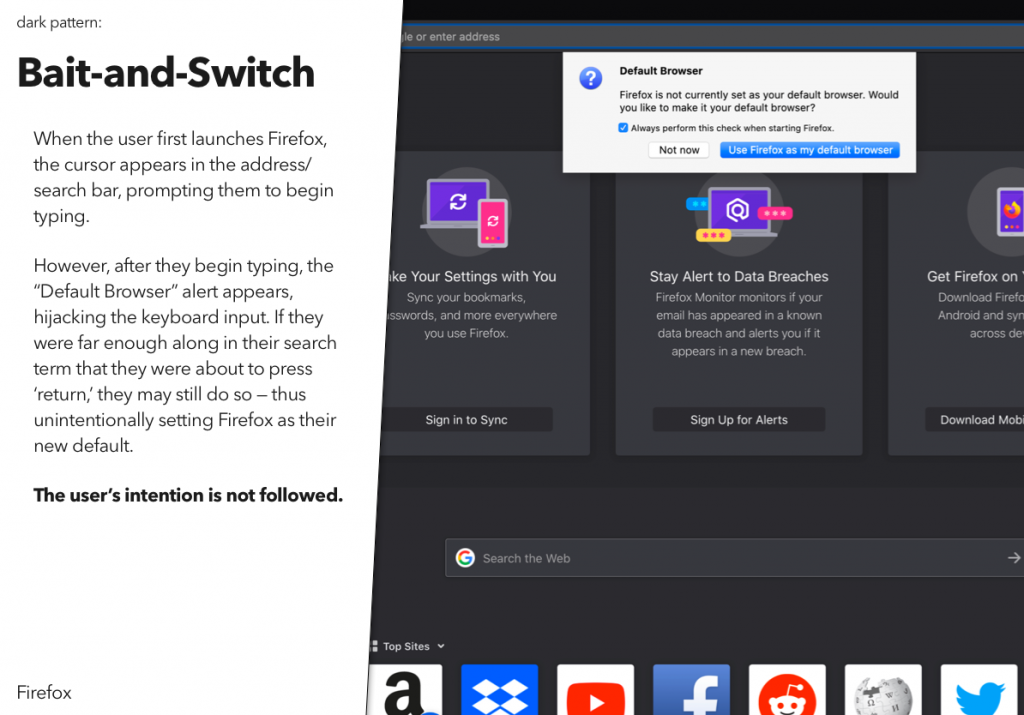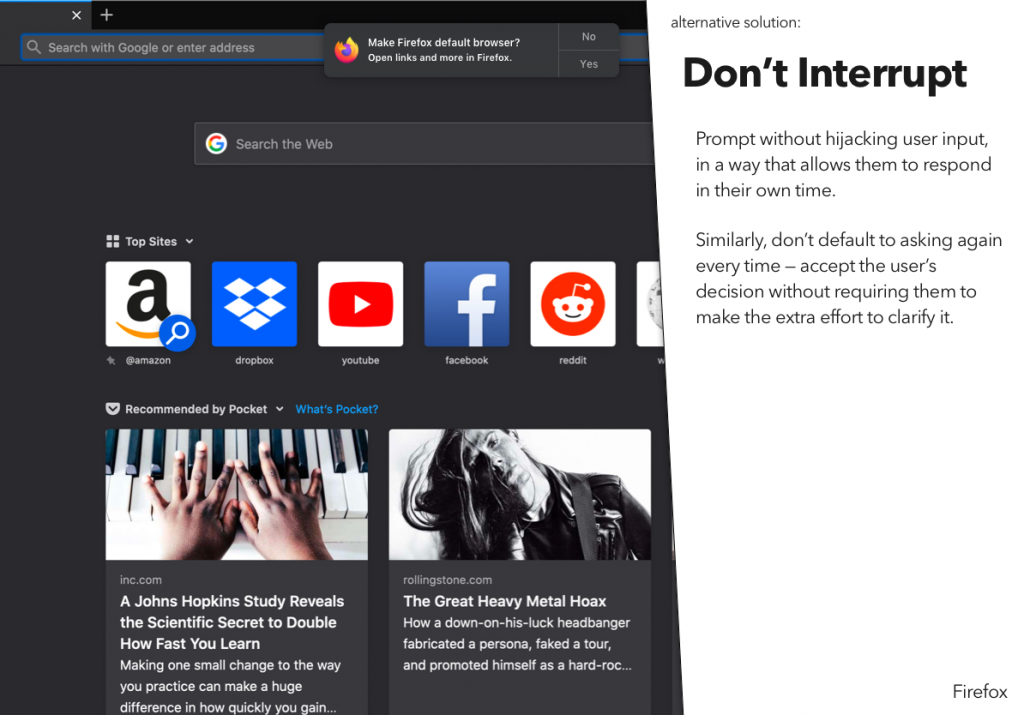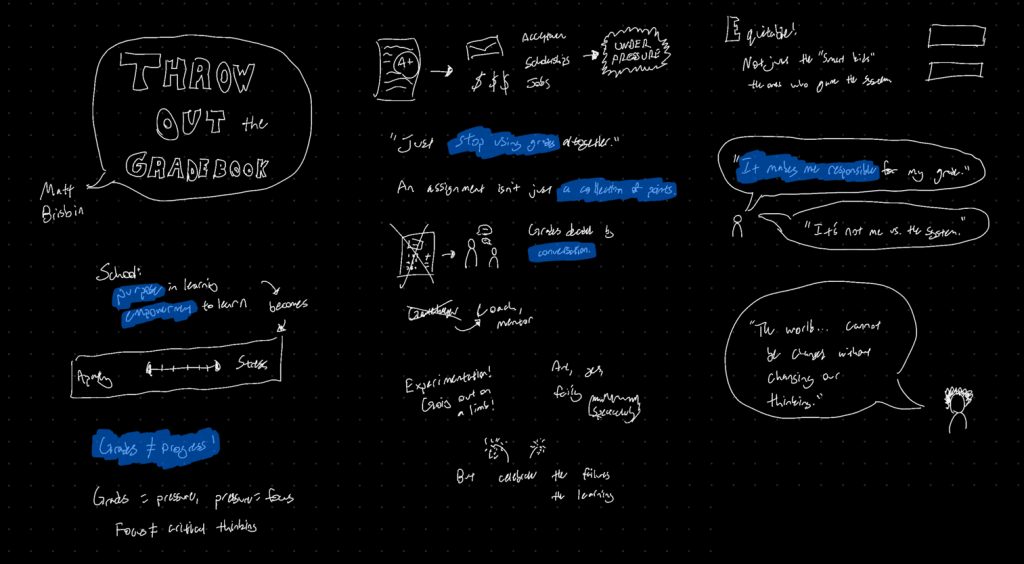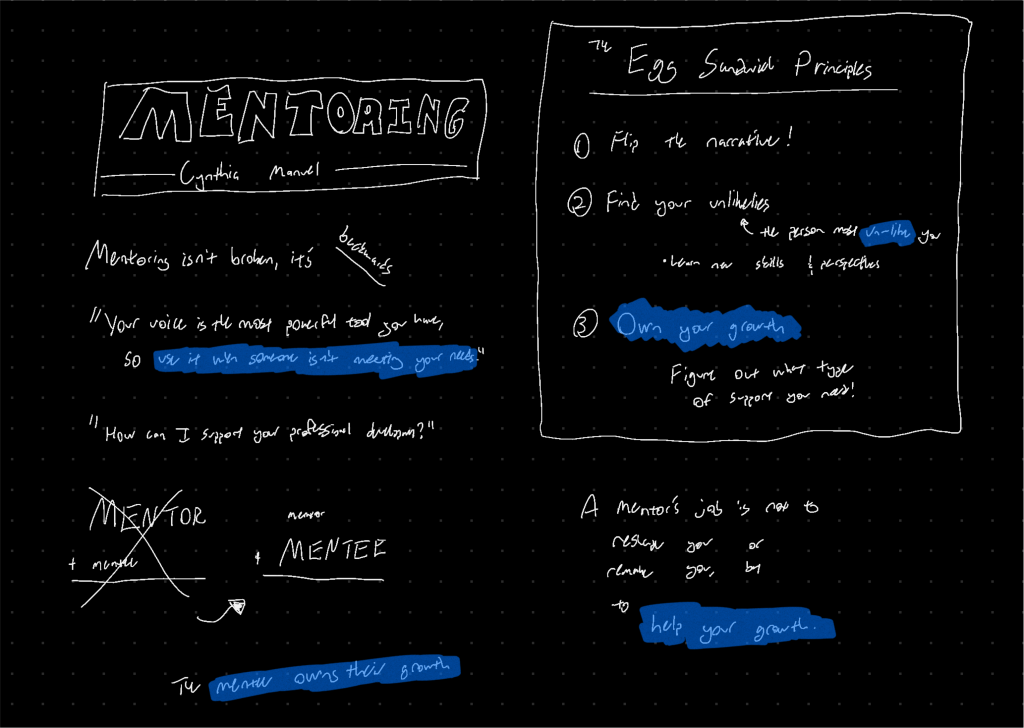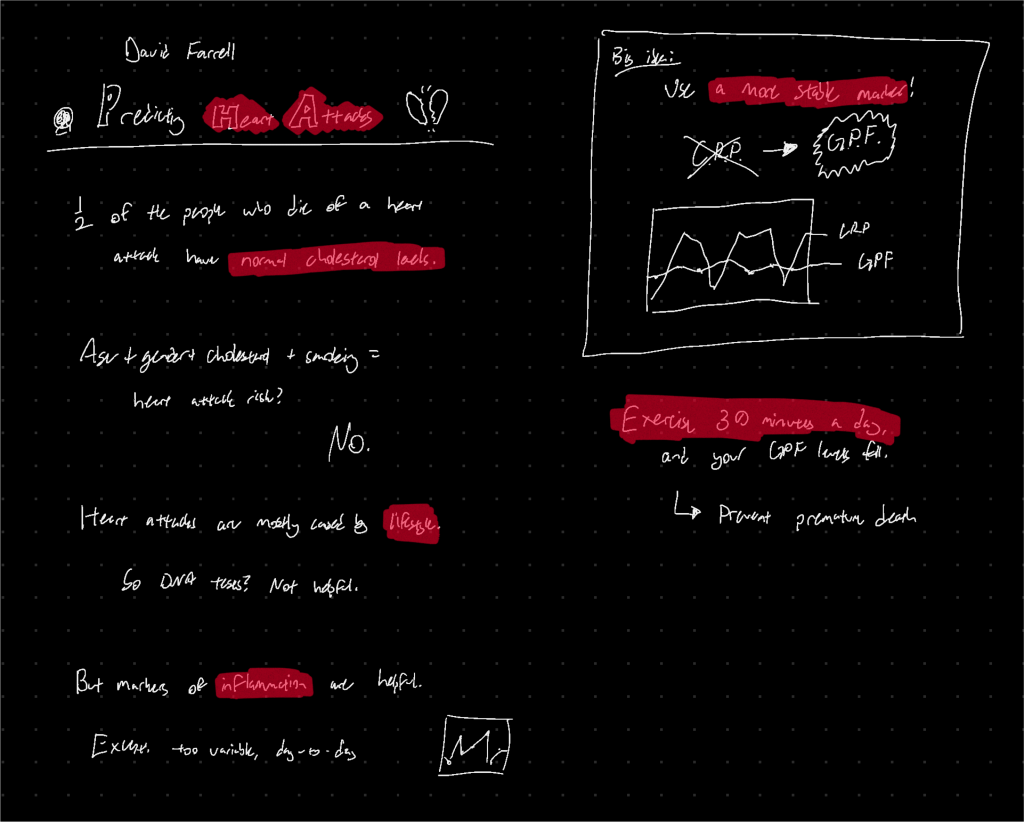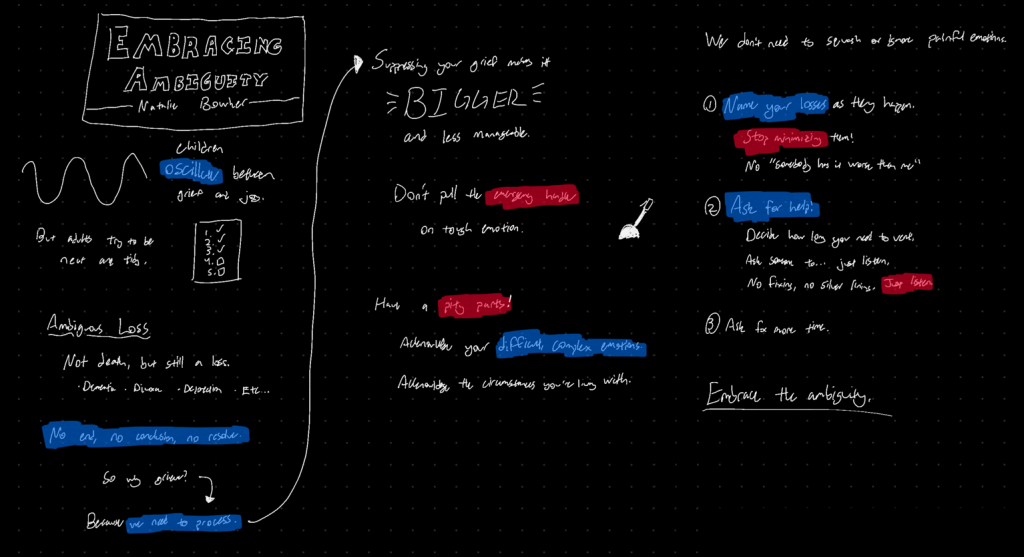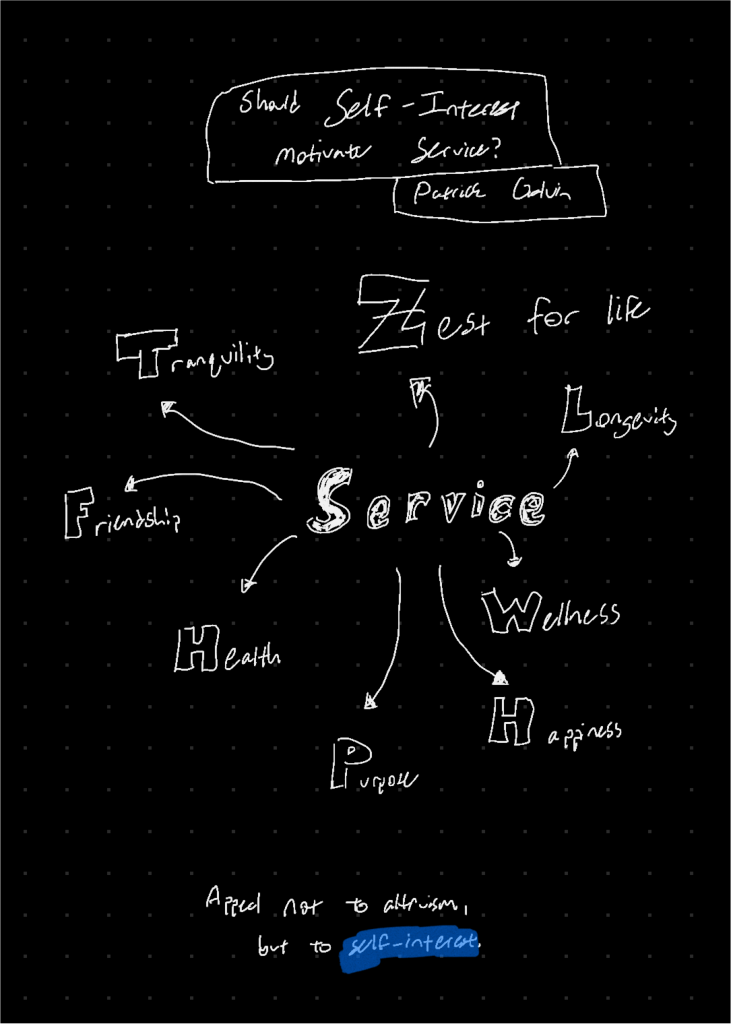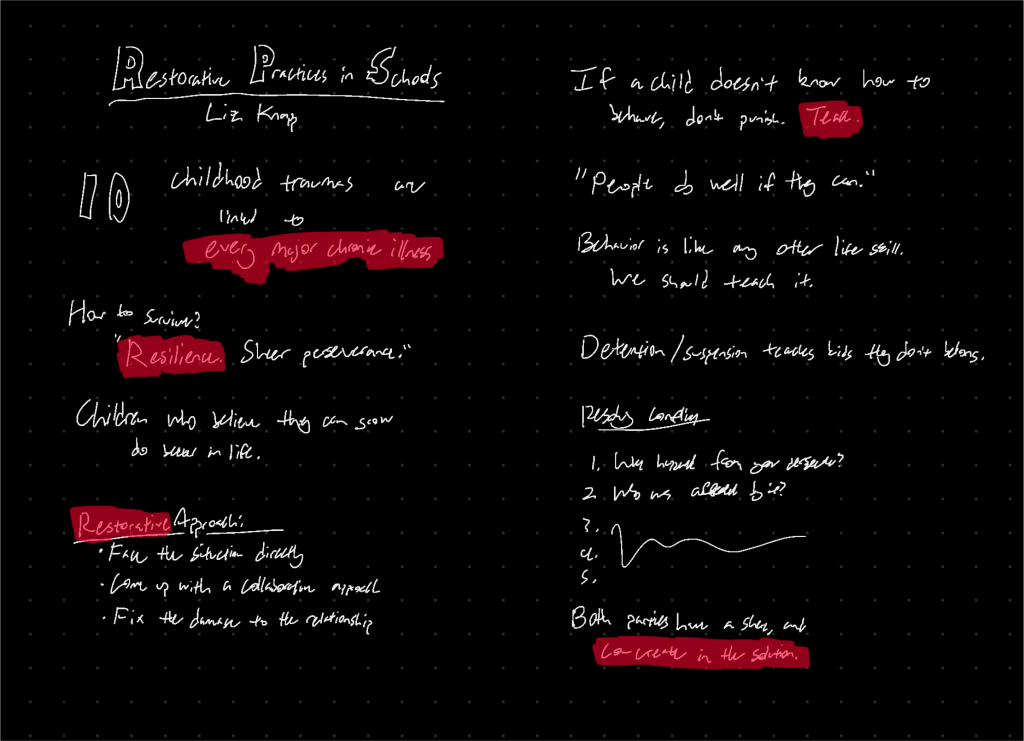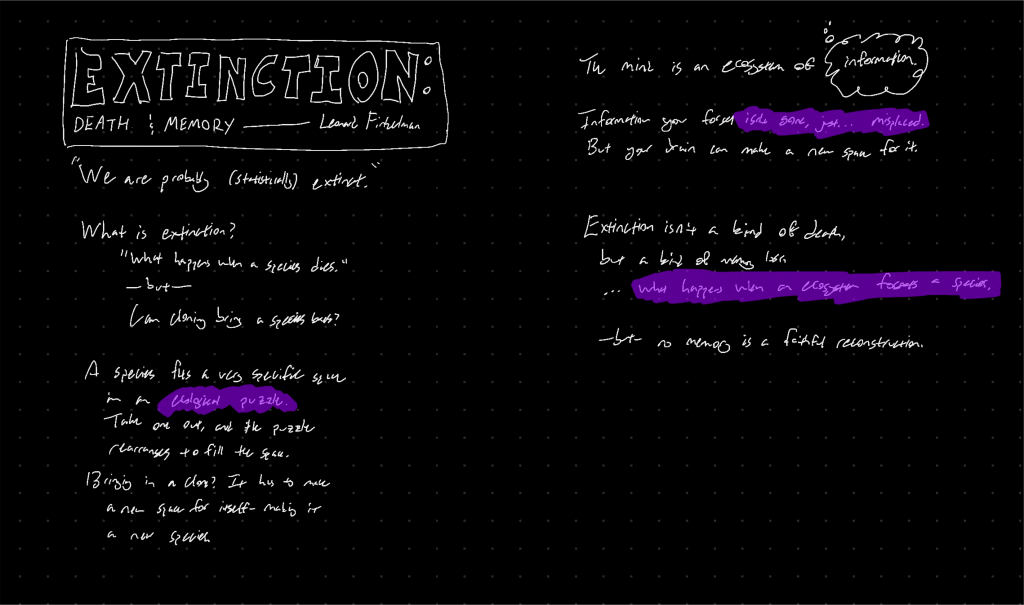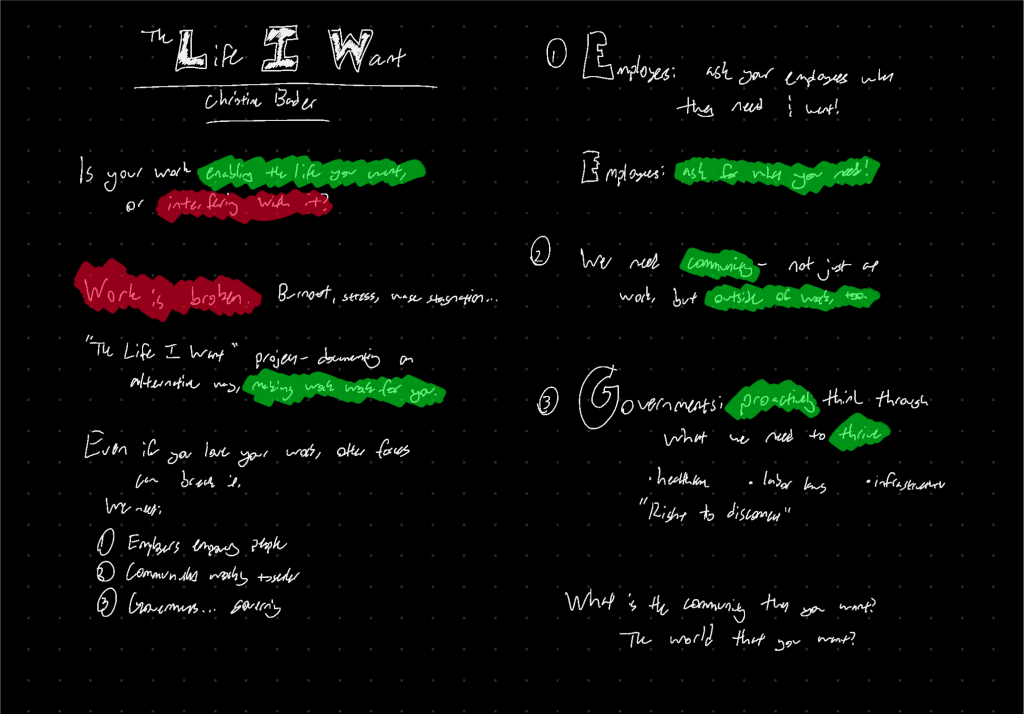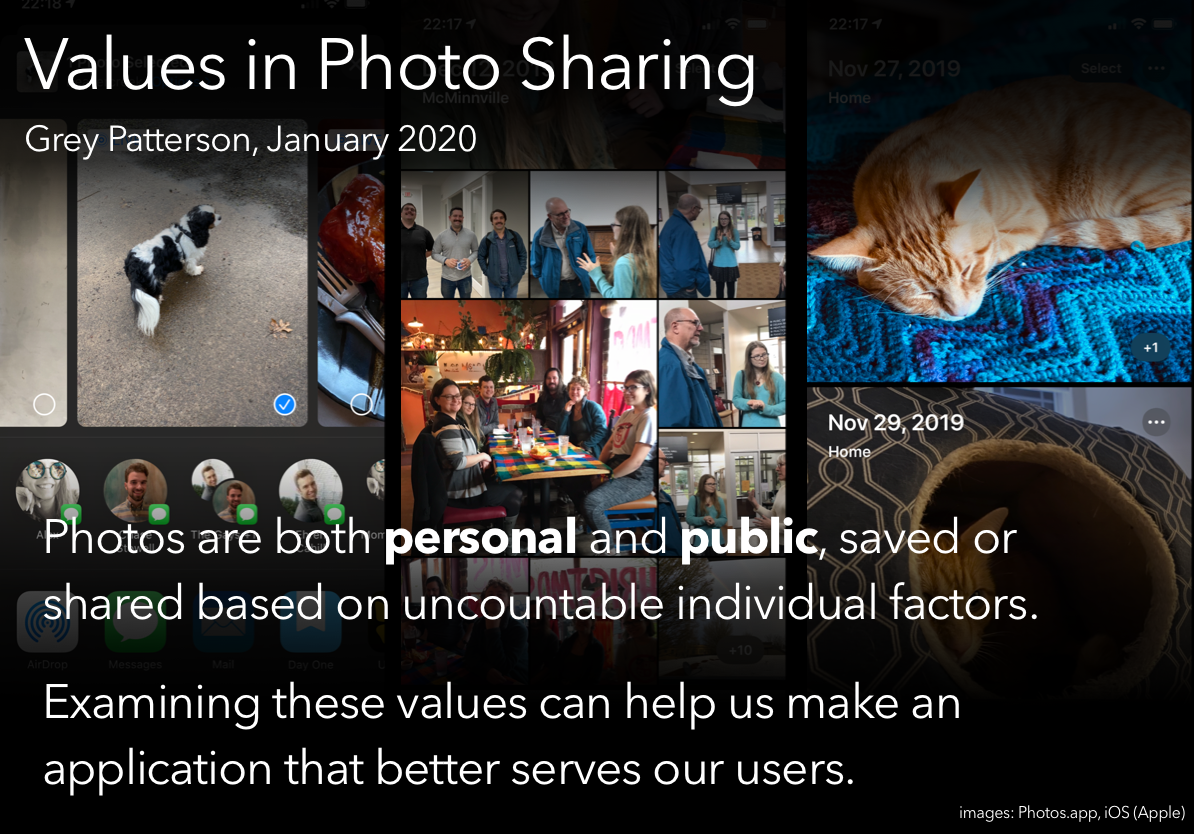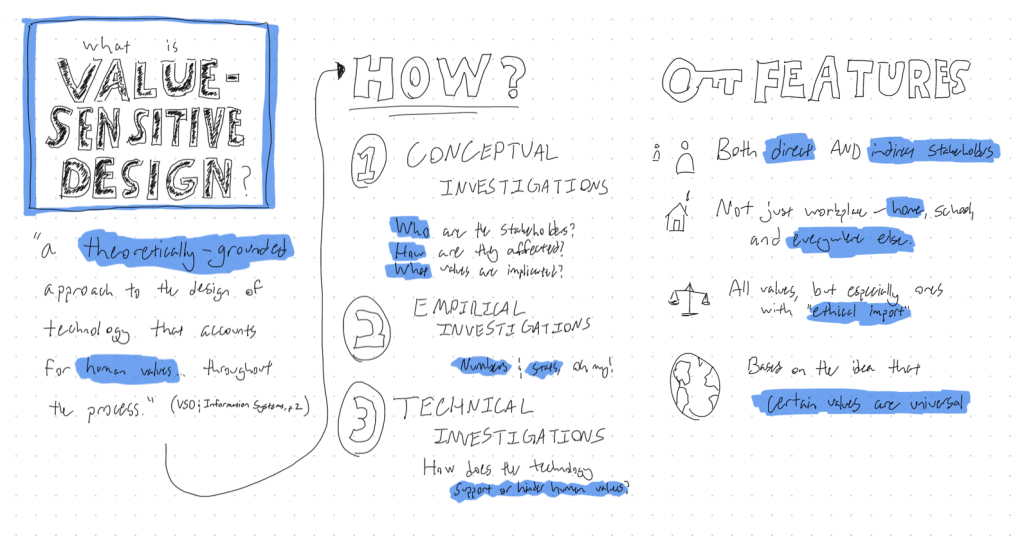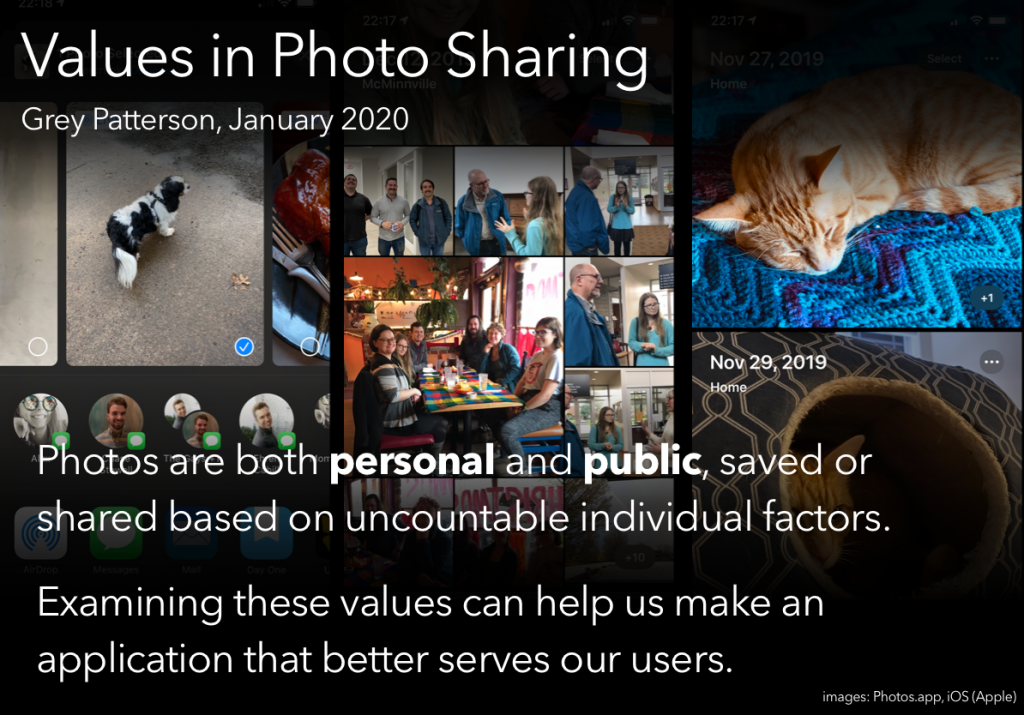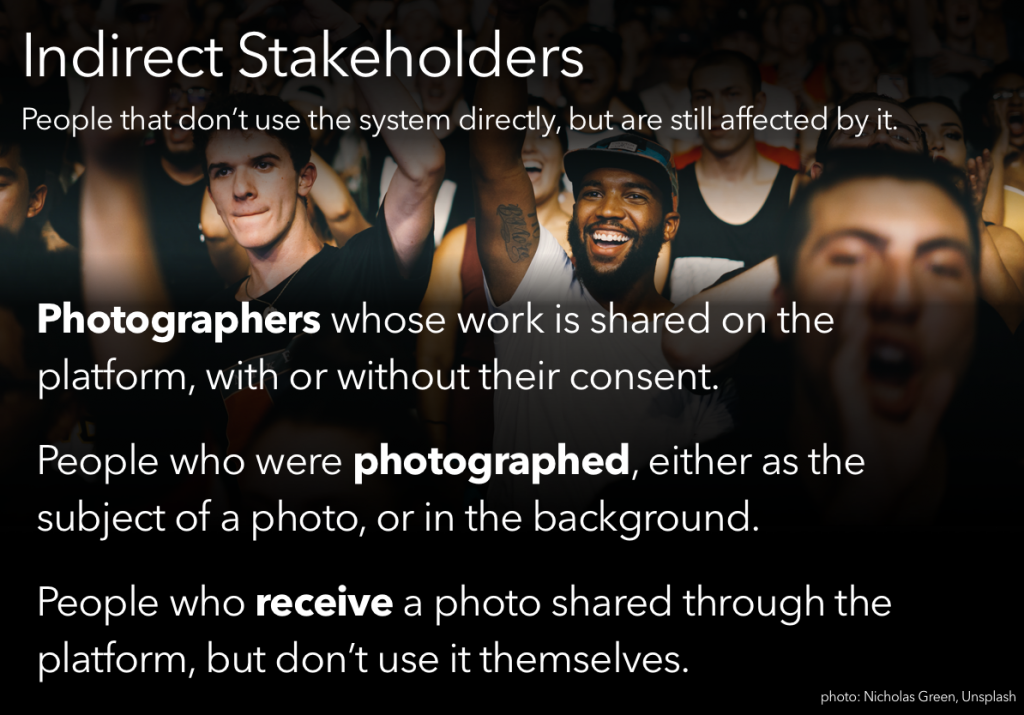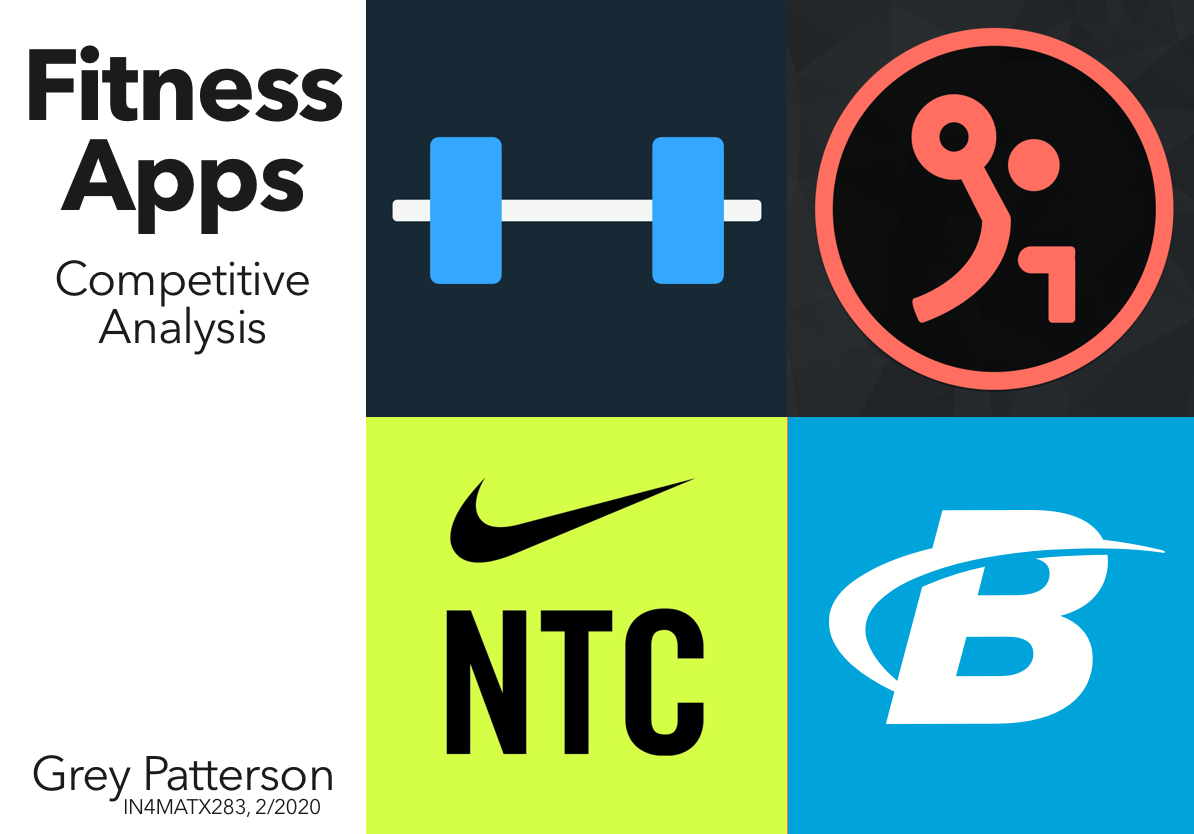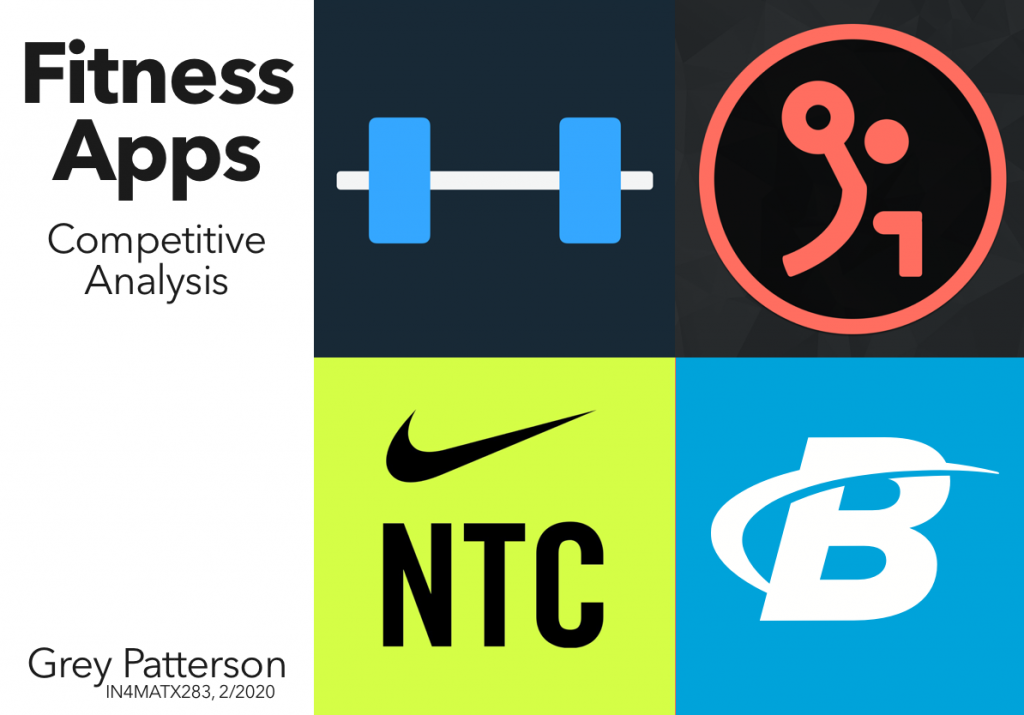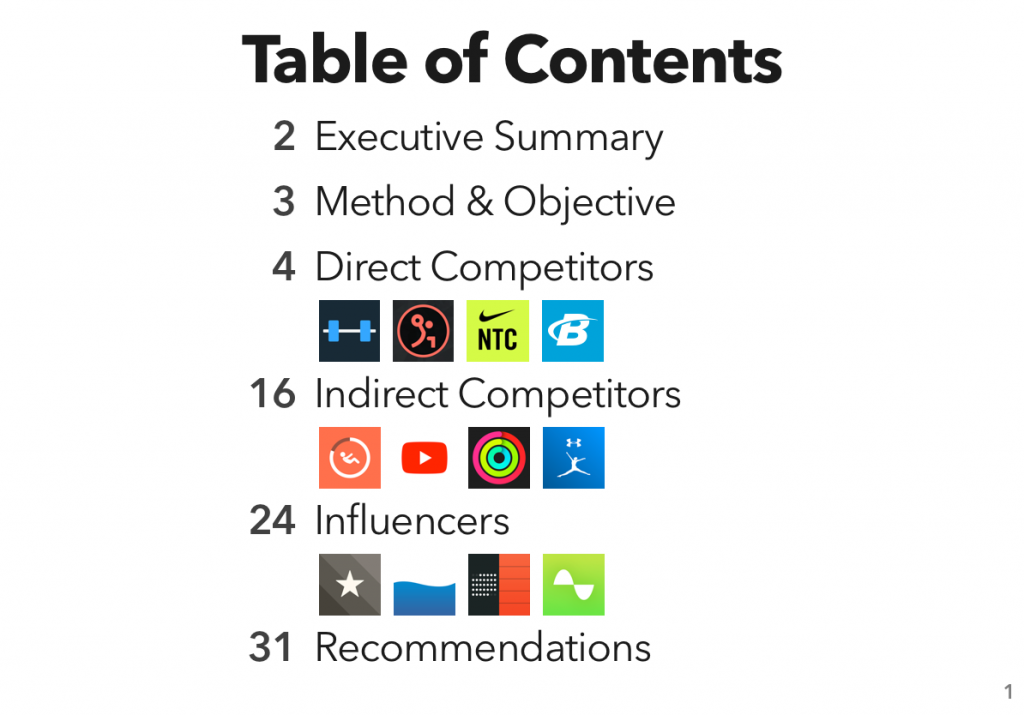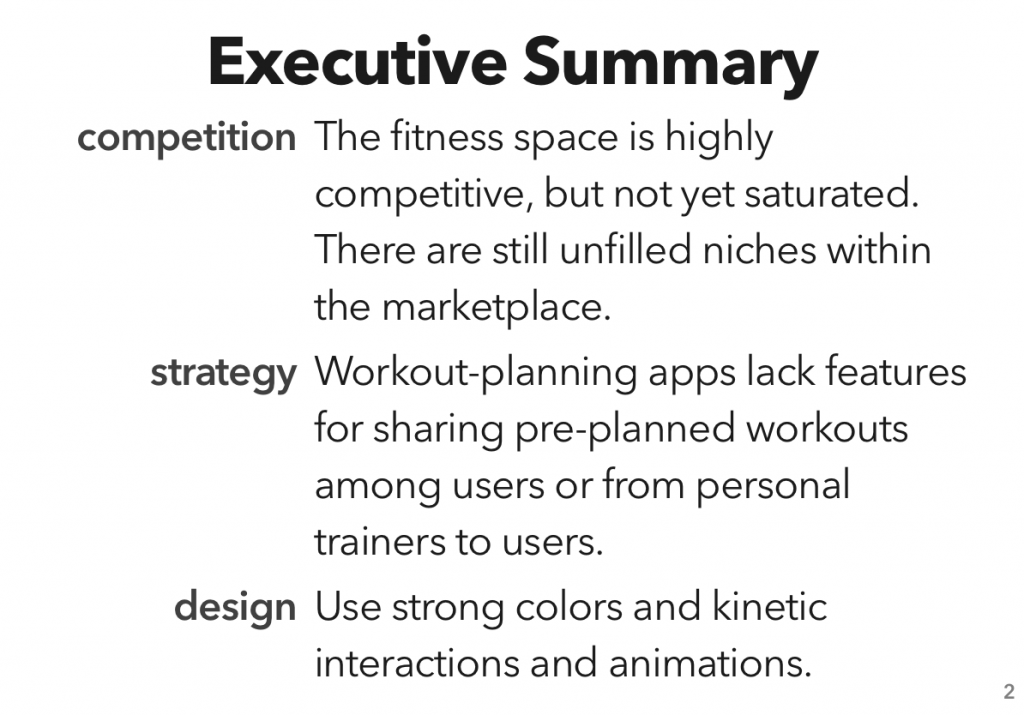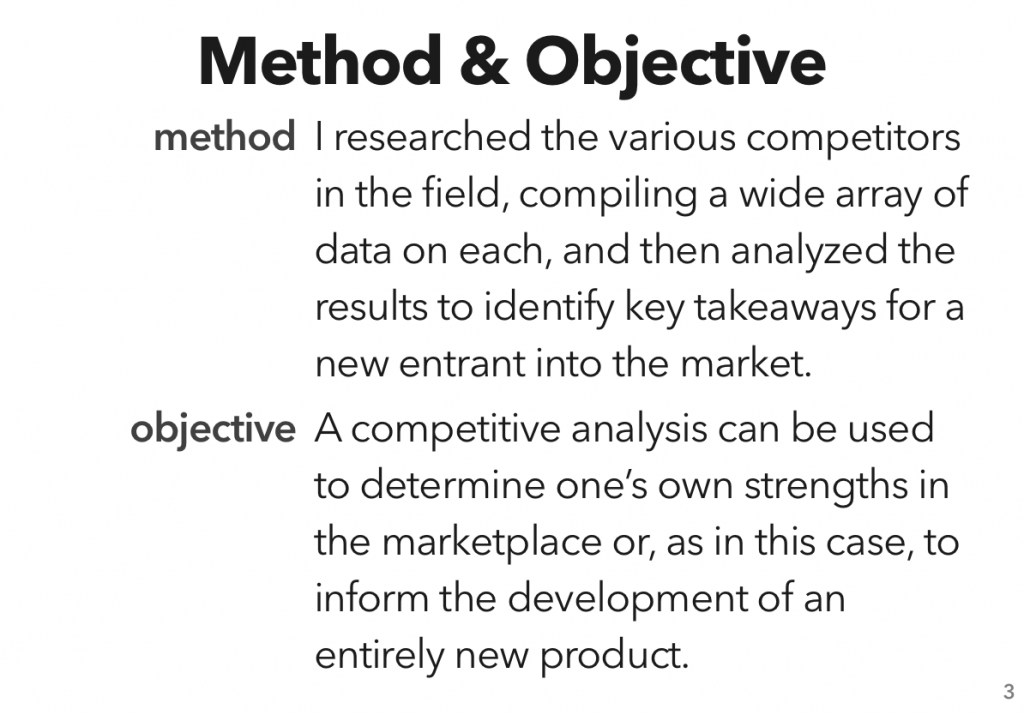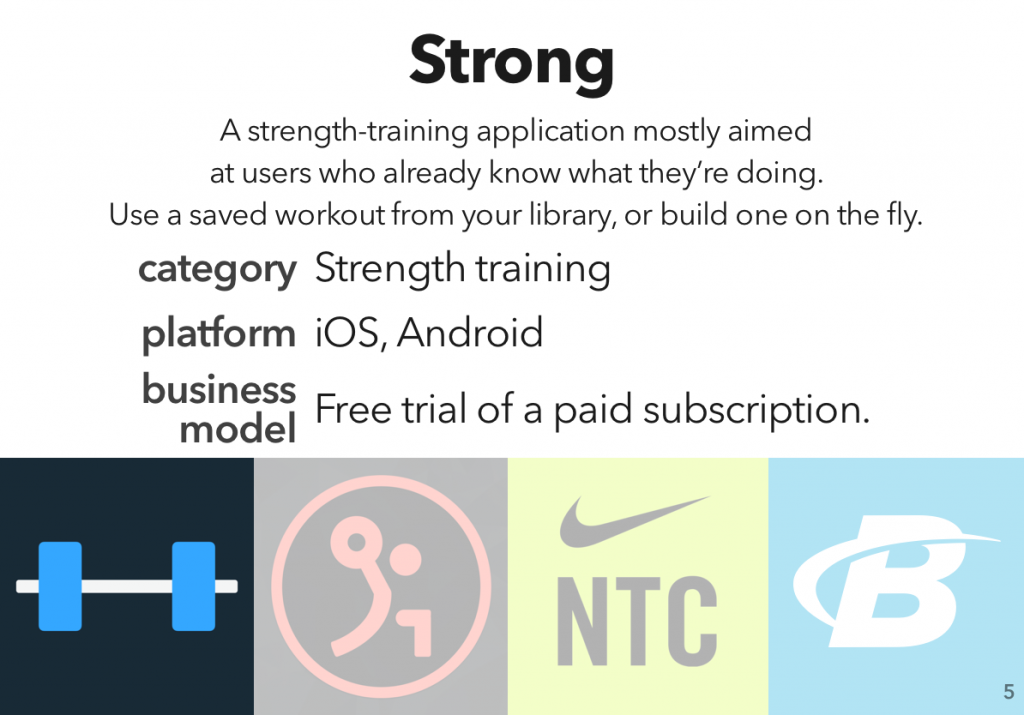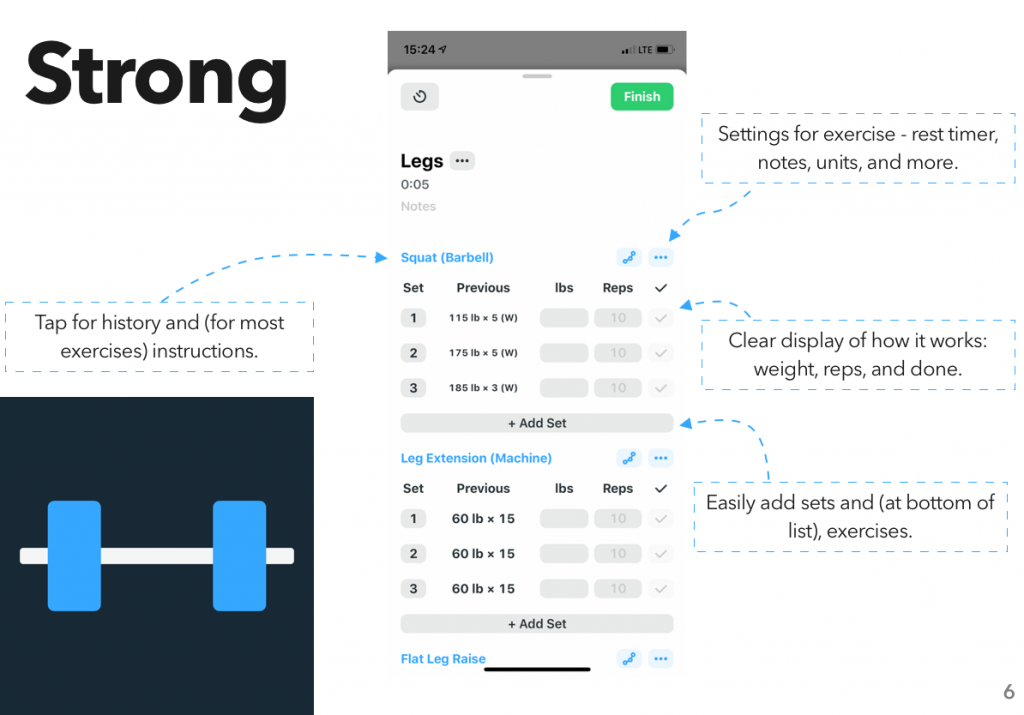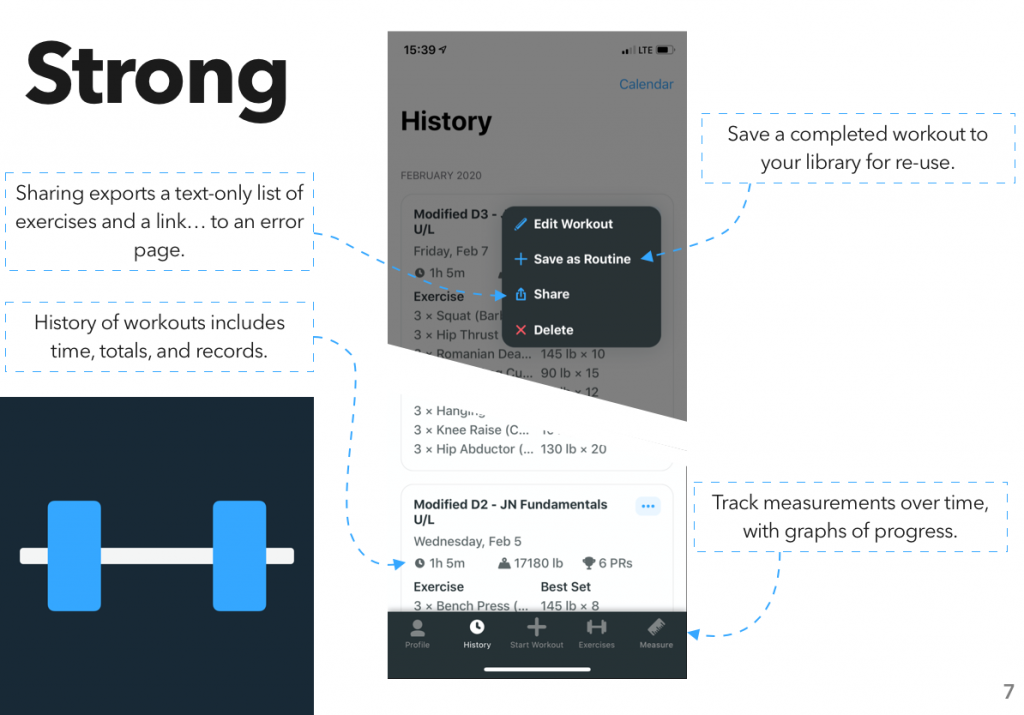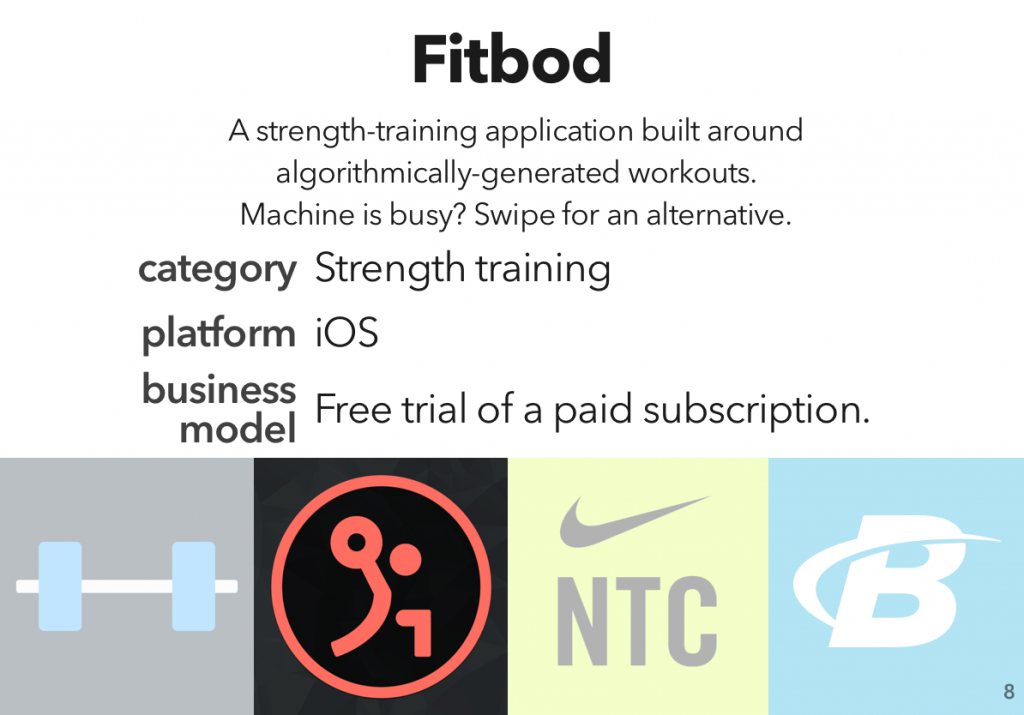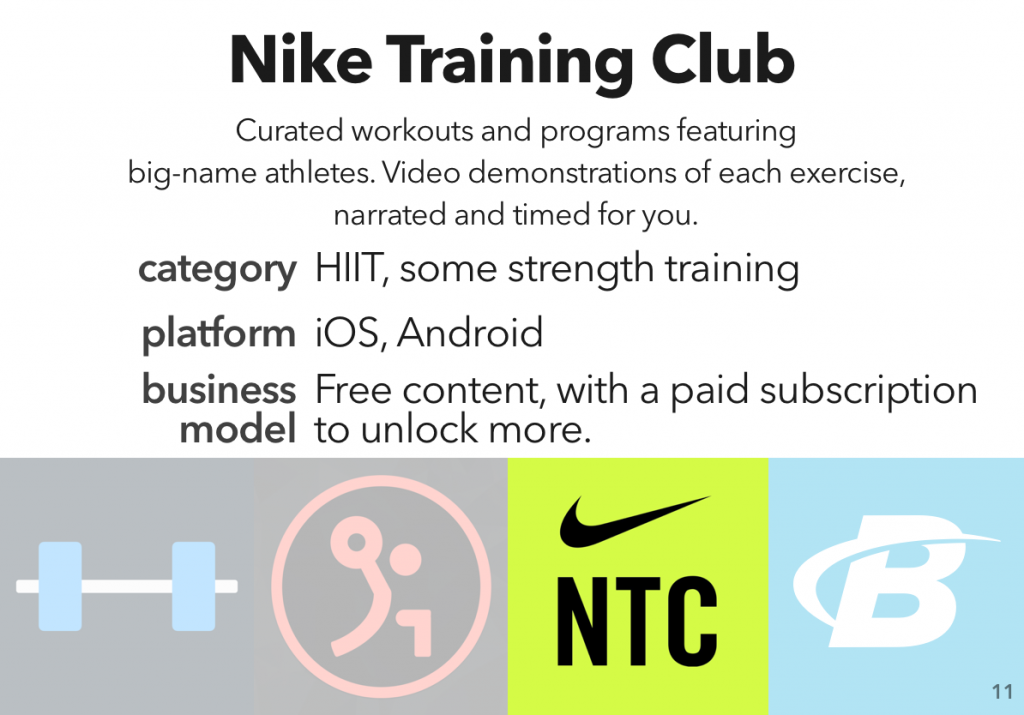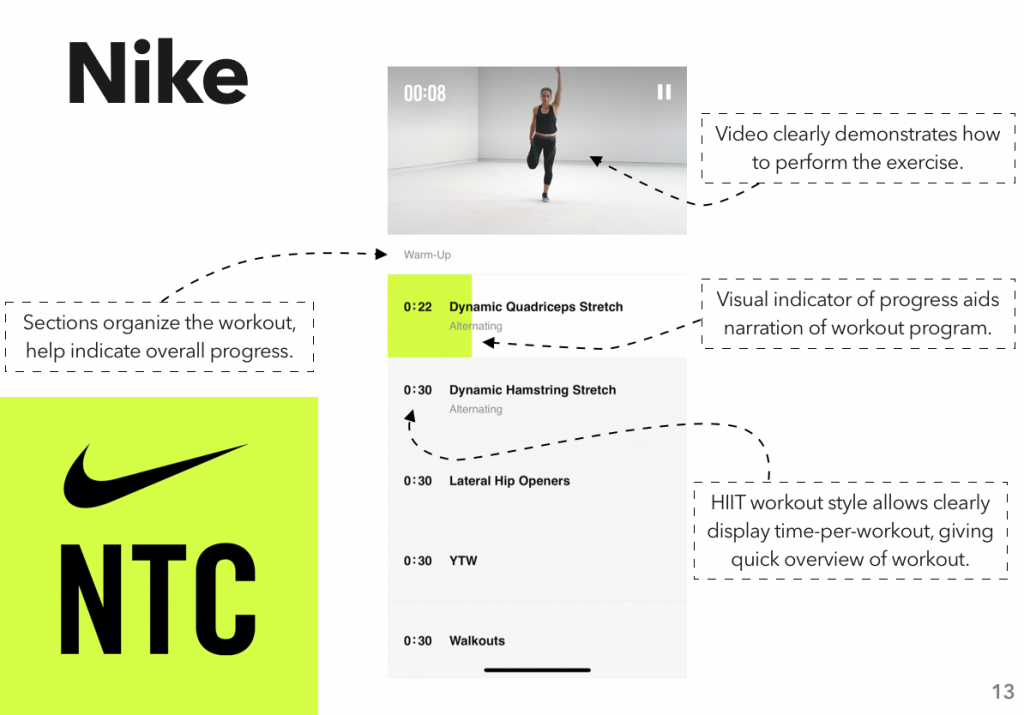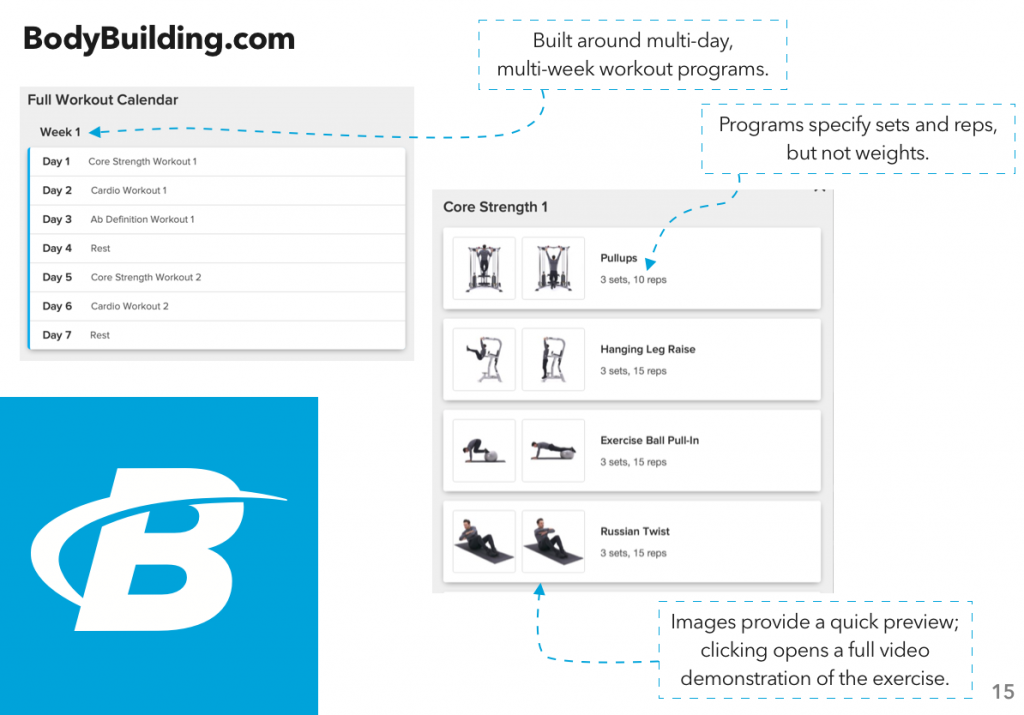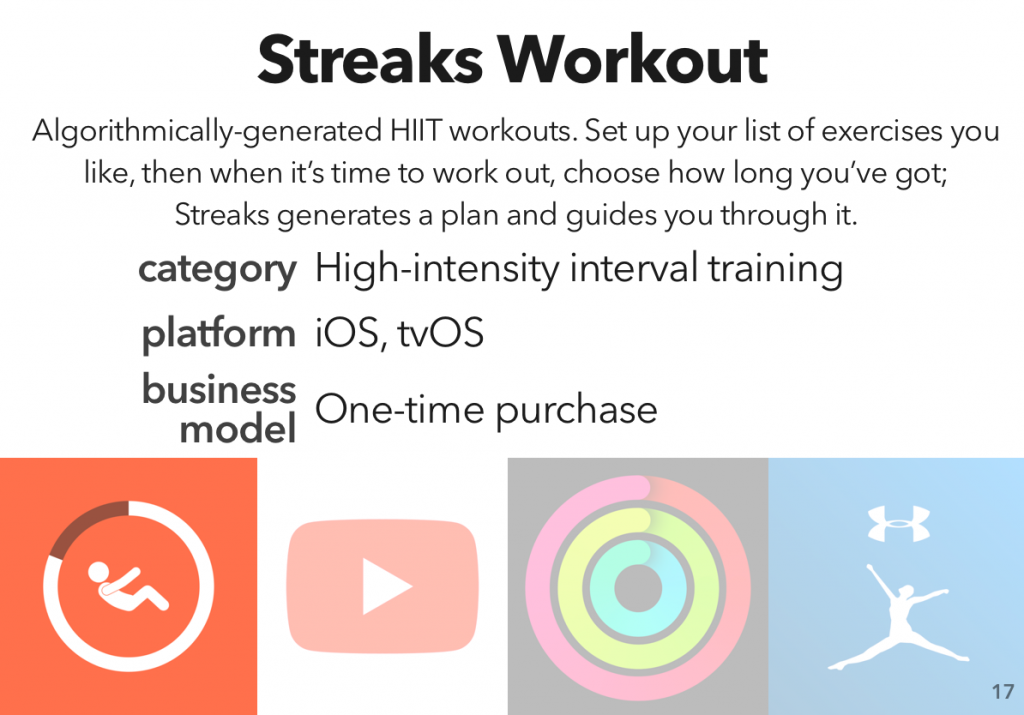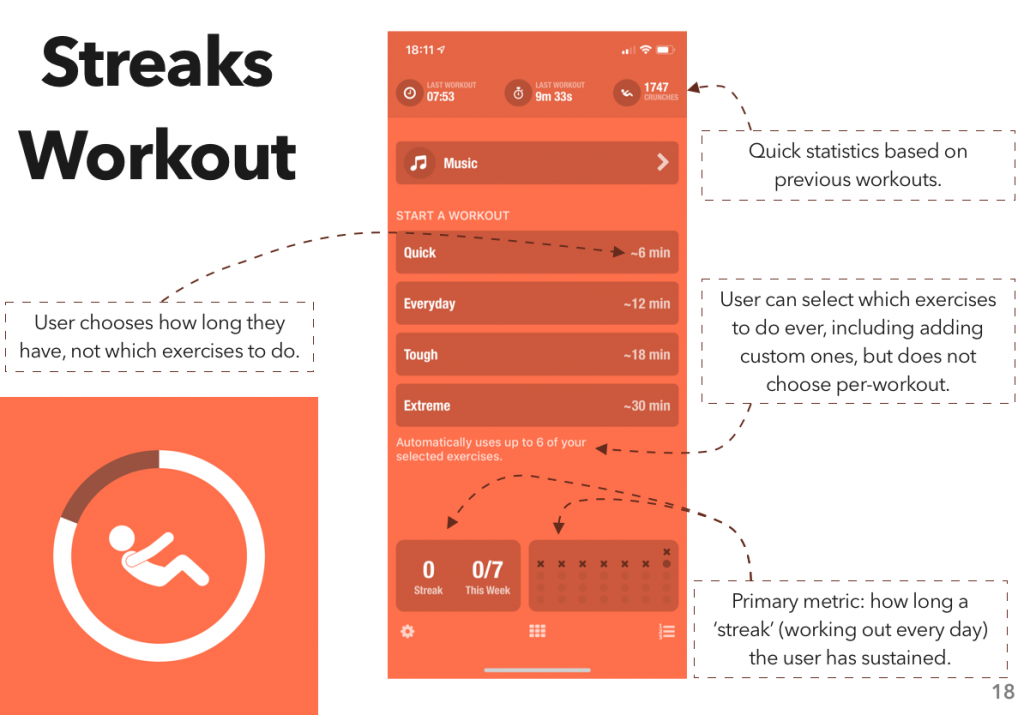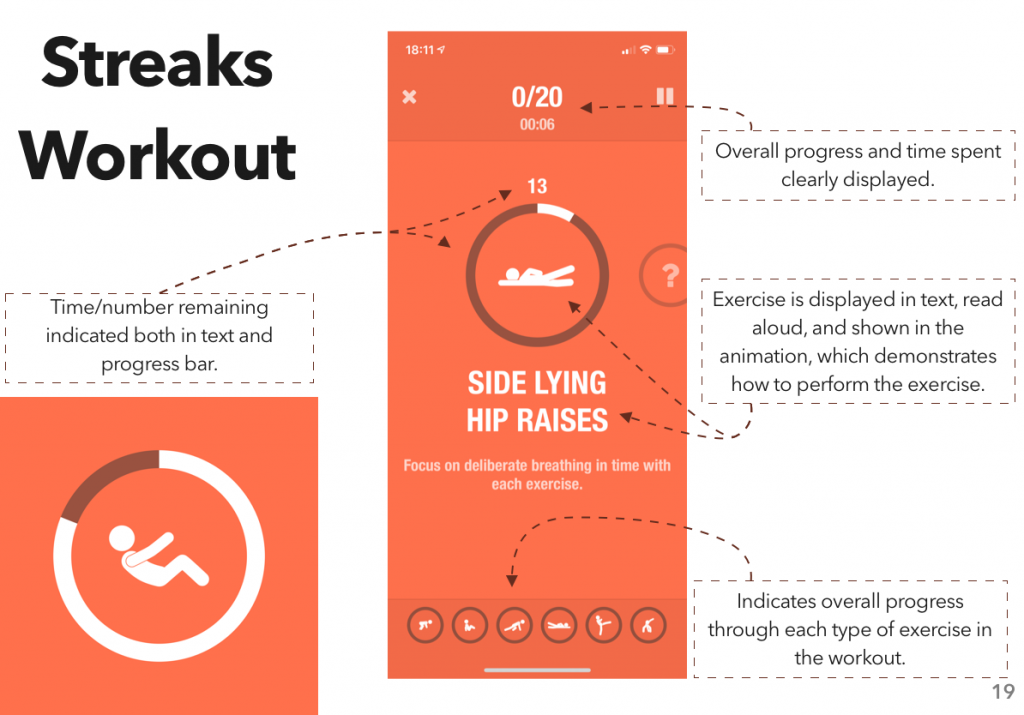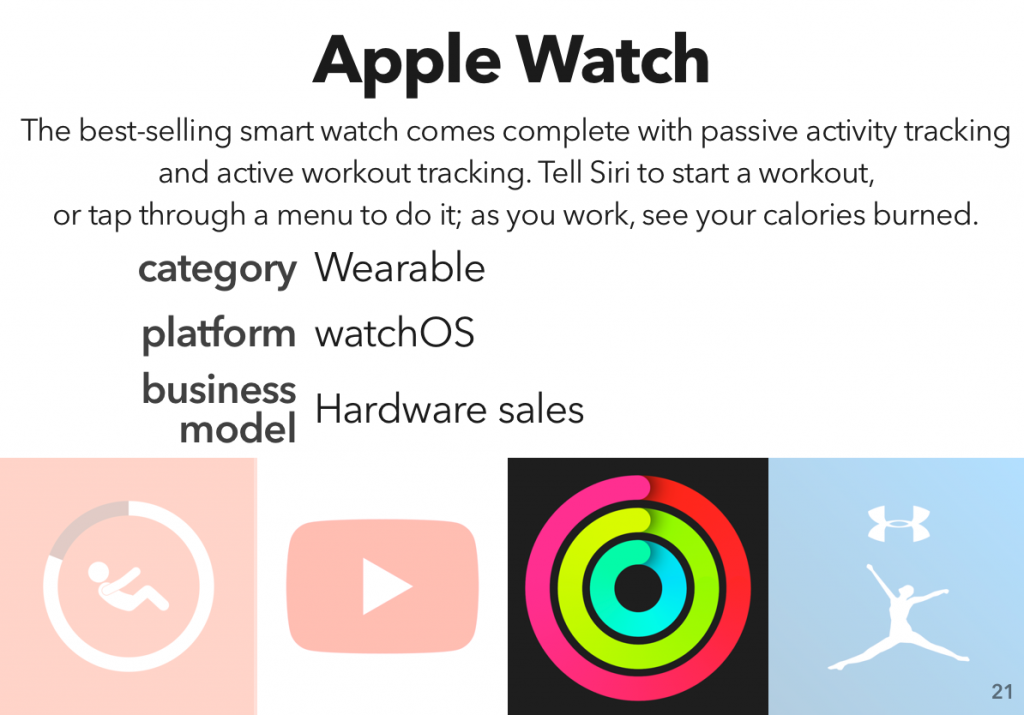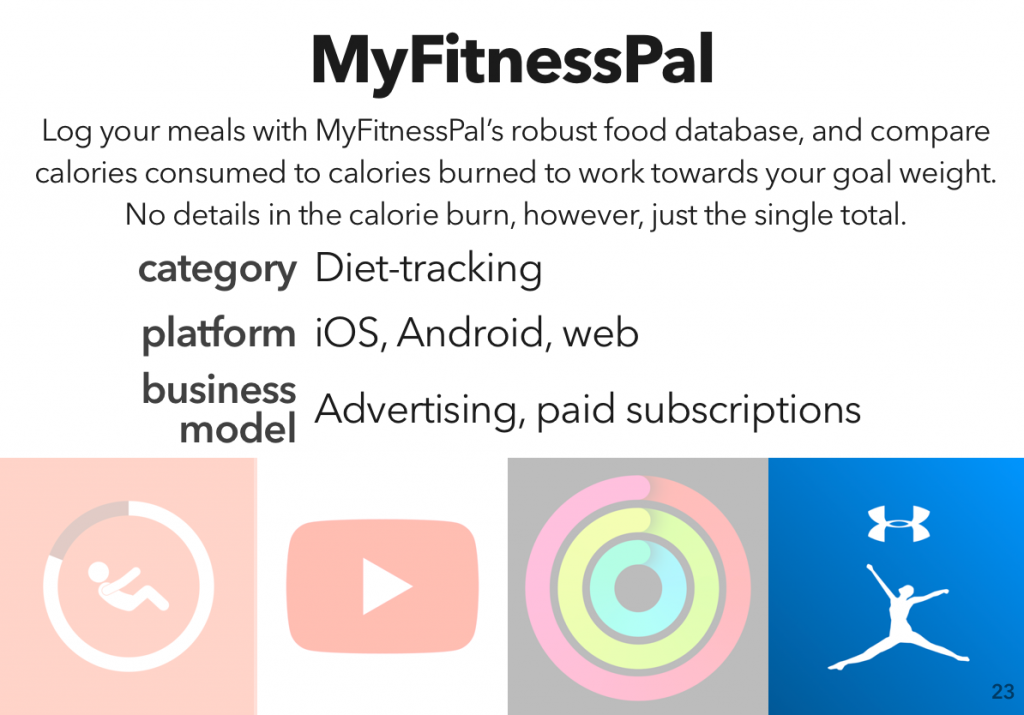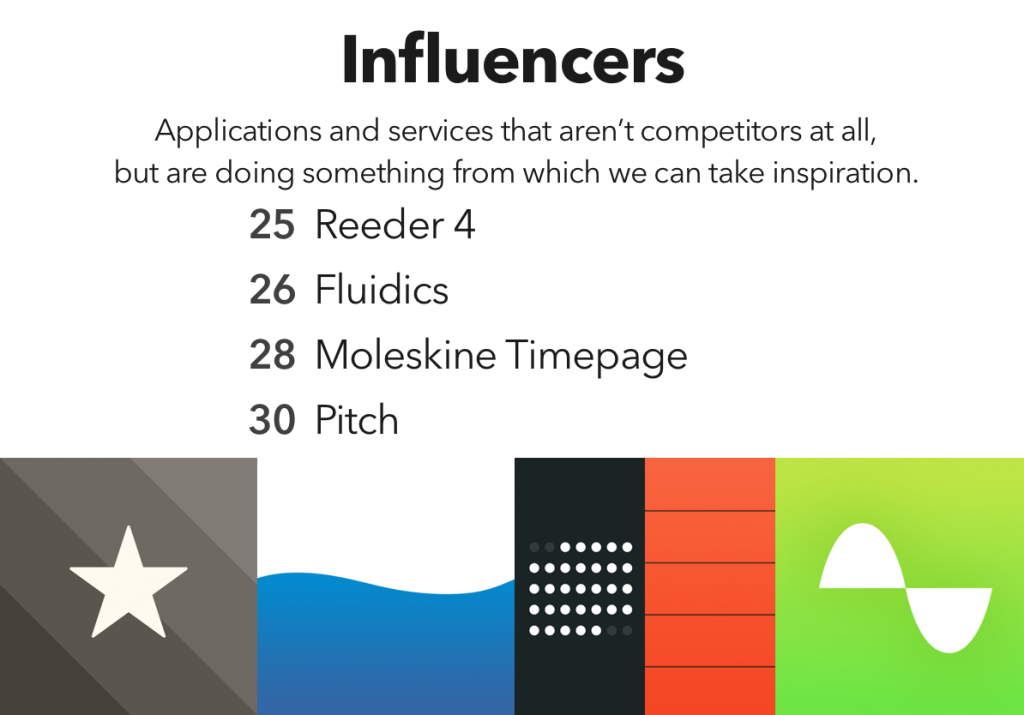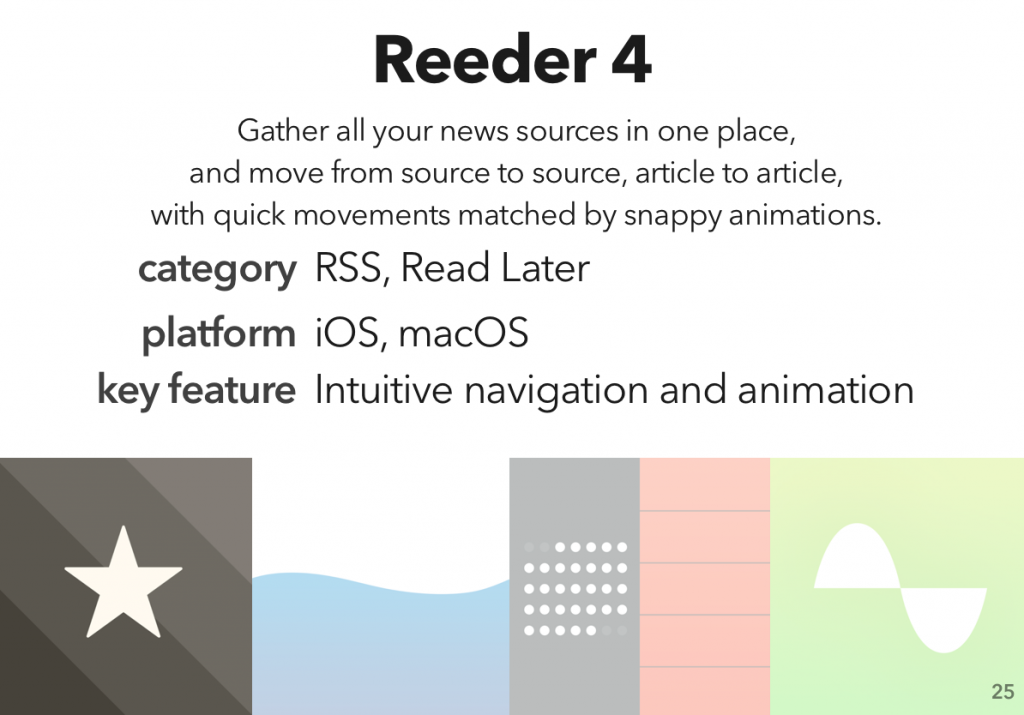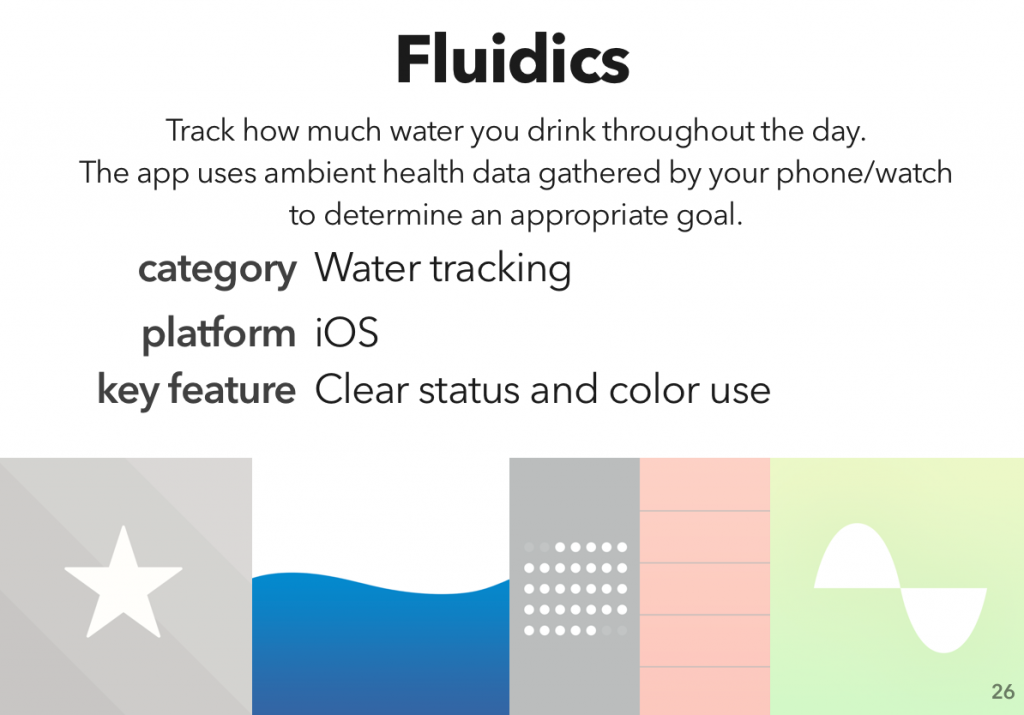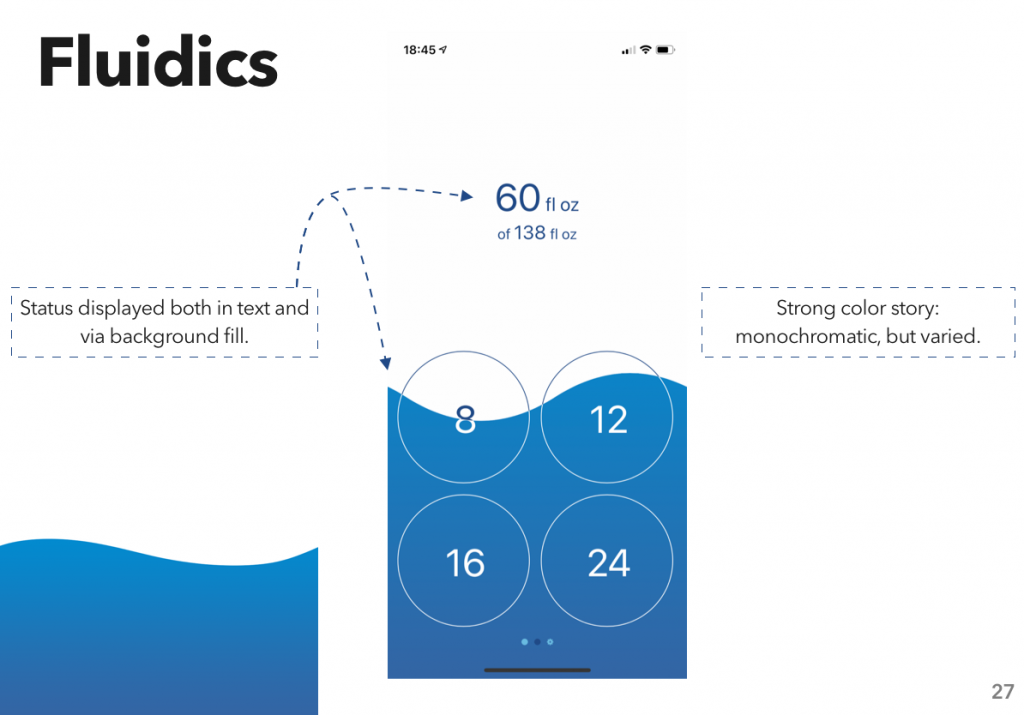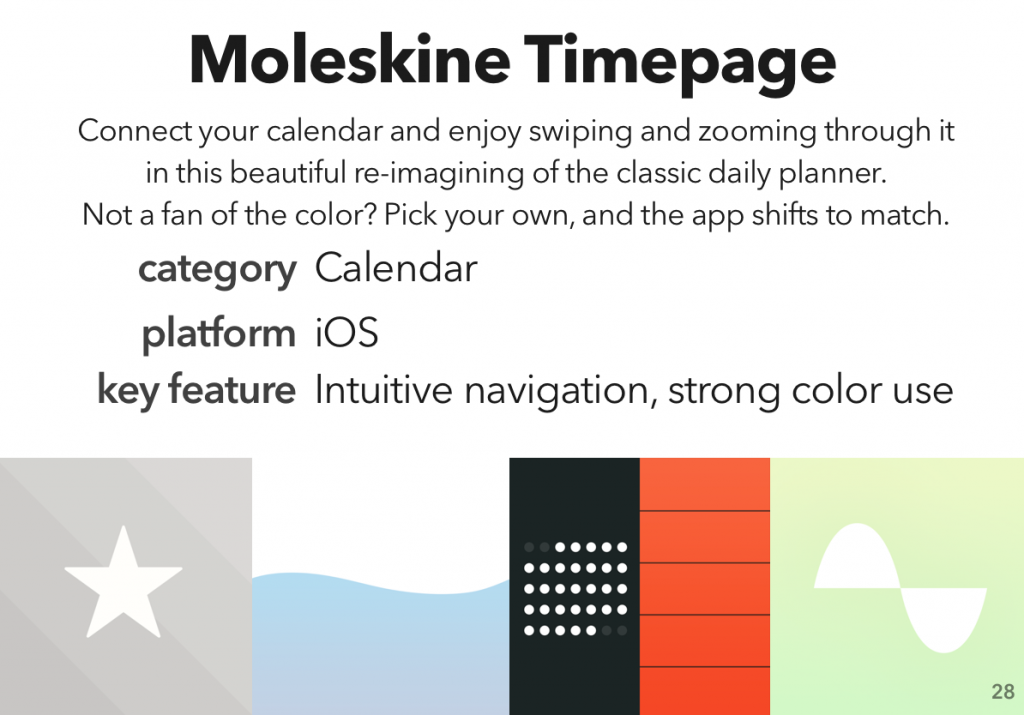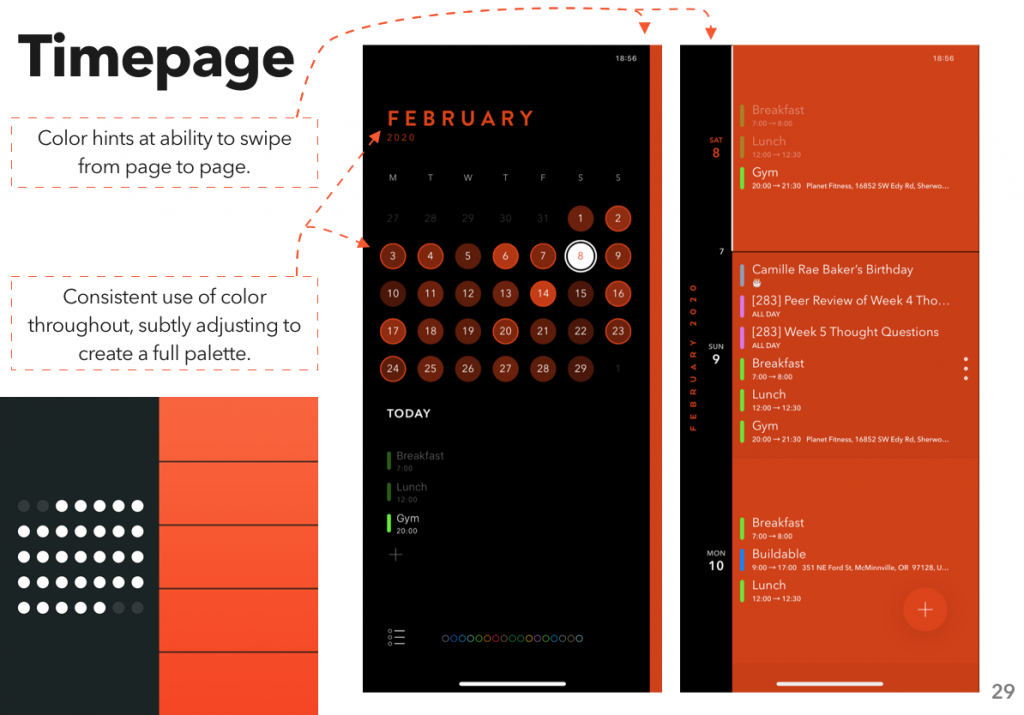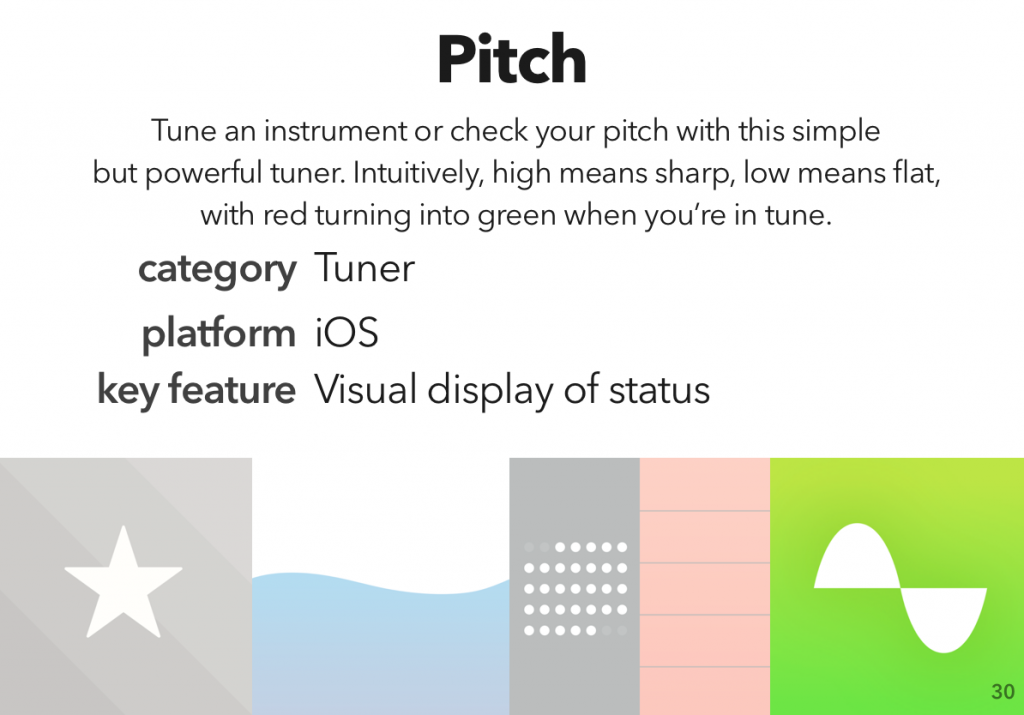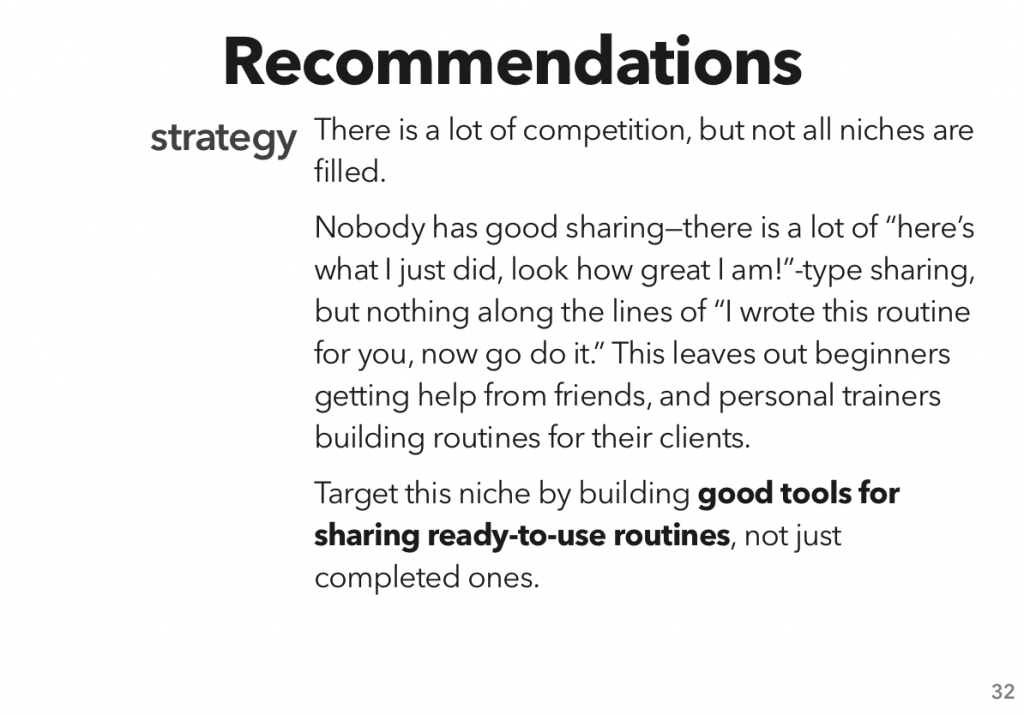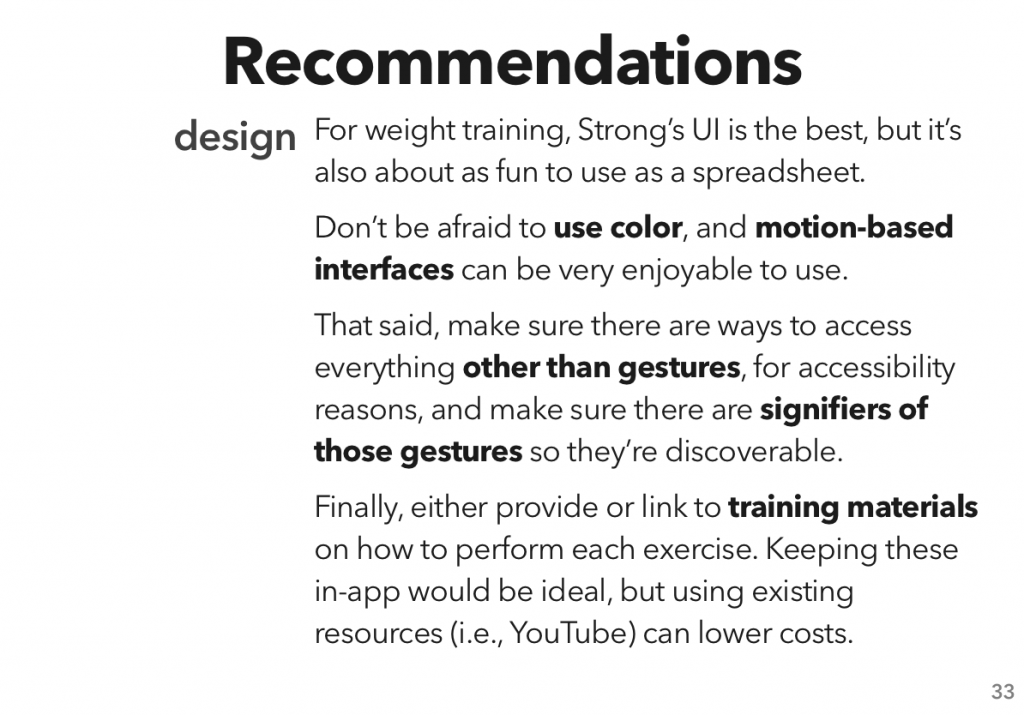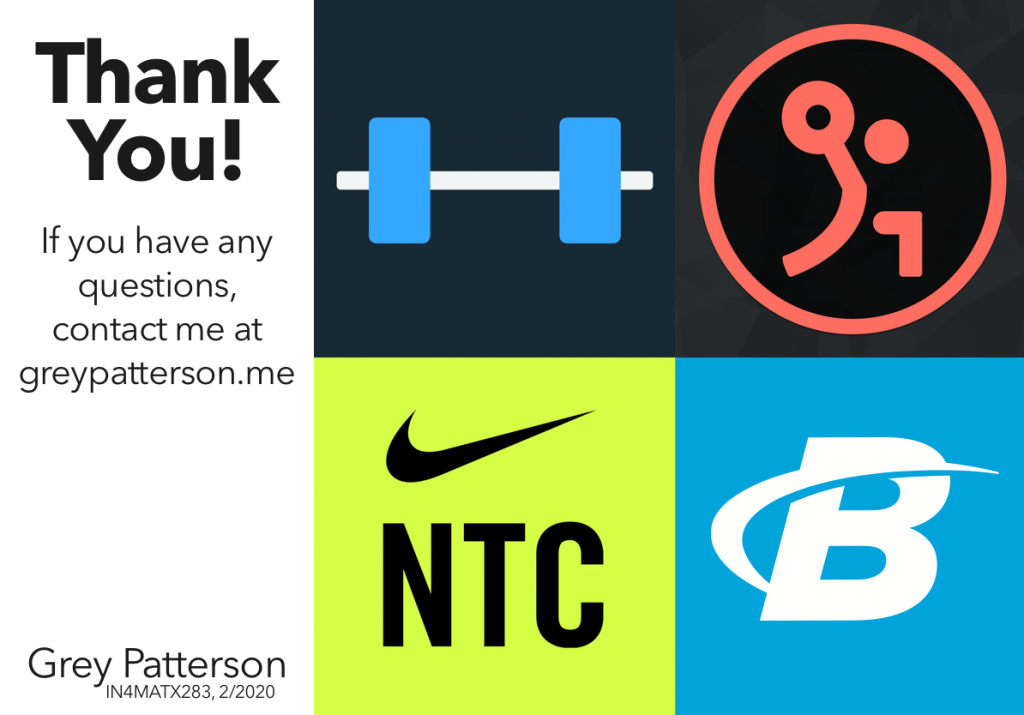These playlists have been getting longer over time. Eventually I’m going to wind up just posting a list of every song in my library.1
Cologne – Haux on Something to Remember – EP
Sober – Edwin Raphael on Sober – Single
Coincidental – Betcha on Coincidental – Single
Falling Down – Harrison Storm on Falling Down – Single
Angel – H. Kenneth on Angel – Single
F**k Collingwood – Hayden Calnin on F**k Collingwood – Single
Haunted – Saint Claire on Haunted – Single
On Our Last Day – Hayden Calnin on A Life You Would Choose – EP
Hard Lines, Hard Times – William Wild on Hard Lines, Hard Times – Single
Without Fear – Dermot Kennedy on Without Fear
everything i wanted – Billie Eilish on everything i wanted – Single
Dolly Zoom – Elliot Moss on Boomerang
Don’t Take the Money – Harry Strange on Don’t Take the Money – Single
This is Where it Ends – Richard Walters on This is Where it Ends – Single
Borders – Nathan Ball on Borders – Single
Eight – Haux & Rosie Carney on Eight – Single
Chanel – Frank Ocean on Chanel – Single
notice me (feat. BENEE) – ROLE MODEL on oh, how perfect – EP
Take Me Apart – SYML on Take Me Apart – Single
Apollo – Charles Fauna on Yonder
Lies (feat. H. Kenneth) – Syence on Lies (feat. H. Kenneth) – Single
Blinding Lights – The Weeknd on Blinding Lights – Single
Rapide – Mahmood on Rapide – Single
Circles – Post Malone on Hollywood’s Bleeding
Wherever You Are – Kodaline on Wherever You Are – Single
Middle of the Night – Elley Duhé on MIDDLE of the NIGHT – Single
Soil’s Daughter – Aisha Badru on Soil’s Daughter – Single
Higher – Byron Langley on Light On – EP
Magic in the Hamptons (feat. Lil Yachty) – Social House on Magic in the Hamptons (feat. Lil Yachty) – Single
Tremors – SOHN on Tremors
Let Me Down – Run River North on Monsters Calling Home, Vol. 2 – EP
I Gave It All – Aquilo on Painting Pictures of a War – EP
twenty four seven (feat. John McDonald) – Andy H on twenty four seven (feat. John McDonald) – Single
The Box – Roddy Ricch on Please Excuse Me For Being Antisocial
Falling (blackbear Remix) – Trevor Daniel & blackbear on Falling (blackbear Remix) – Single
Somewhere (feat. Octavian) – The Blaze on Somewhere (feat. Octavian) – Single
Slowly – ODIE on Slowly – Single
hertz – EDEN on no future
Lie – Jake Scott on Lie2
Love Me (feat. Haux) – Smeyeul. & Galvanic on Love Me (feat. Haux) – Single
Better Off Without You – Aquilo on Painting Pictures of a War – EP
Where There Is Love, There’s Hope – Aron Wright on Where There Is Love, There’s Hope – Single
The Night We Met – Alle Farben on The Night We Met – Single
ROXANNE – Arizona Zervas on ROXANNE – Single
All My Life – William Wild on Rental House / All My Life – Single
2020 – Great Good Fine Ok on 2020 – Single3
Hurts Like Hell – Wrabel on Hurts Like Hell – Single
Be Slow – Harrison Storm on Be Slow – Single
no one wants to dance anymore (feat. Yung Pinch) – johan lenox on cancel the party
Losing You – Aquilo on Painting Pictures of a War – EP
Sorry – Declan J Donovan on Sorry – Single
Pines – ferdinant. on Pines – Single4
Never Seen You Get So Low – Aquilo on Painting Pictures of a War – EP
New Shapes (feat. Octavian) – Diplo on Europa – EP
White Morning – Seoul on I Become A Shade
Out the Other Side – Future Thieves on Emotional Cost
Roll Dice – Roddy Ricch on Please Excuse Me For Being Antisocial
Hue – SOHN on Hue / Nil – Single
Prayers to the Trap God – Roddy Ricch on Please Excuse Me For Being Antisocial
Waiting – Aquilo on Painting Pictures of a War – EP
Someone to Watch Over Me – Col3trane on Someone to Watch Over Me – Single
Dogcatcher – Elliot Moss on A Change in Diet5
Father Daughter Dance – Kesha on High Road
Stubborn – Daniel Allan & Jake Neumar on Stubborn – Single
No Time To Die – Billie Eilish on No Time To Die – Single6
Human – Aquilo on Painting Pictures of a War – EP
Wash Away the Wild – KAWALA on KAWALA – EP
Love Me Wrong – Allie X & Troye Sivan on Cape God
Sober – Aquilo on Sober – Single7
me & ur ghost – blackbear on me & ur ghost – Single
Slow Ride (feat. H. Kenneth) – Nick Martin & H. Kenneth on Slow Ride (feat. H. Kenneth) – Single
Explain You – JP Saxe on Hold It Together – EP
Four in the Morning – Harry Strange on Four in the Morning – Single
Make It Easy on You – Aron Wright on Make It Easy on You – Single
Girls – Balcony on Girls – Single8
not ur friend – Jeremy Zucker on not ur friend – Single9
No Alibi – Benji Lewis on Here, Then and Now – EP
Light Again – bobbycrush on Light Again – Single
Baby Girl – Bryce Vine on Baby Girl – Single
Numb – Elderbrook on Numb – Single
Tongue In the Bag – XYLØ on The Ganglands of My Heart – EP
2020 – EDEN on no future
Faith – The Weeknd on After Hours
Hardest To Love – The Weeknd on After Hours10
Where Do We Go When We Die – Quinn Lewis on Where Do We Go When We Die – Single
After Hours – The Weeknd on After Hours
Morning Prayers – Steve Benjamins on Morning Prayers – Single11
bad guy – Billie Eilish on WHEN WE ALL FALL ASLEEP, WHERE DO WE GO?
when the party’s over – Billie Eilish on WHEN WE ALL FALL ASLEEP, WHERE DO WE GO?
bury a friend – Billie Eilish on WHEN WE ALL FALL ASLEEP, WHERE DO WE GO?
Oh My My – Blue October on Oh My My – Single
In Your Eyes – The Weeknd on After Hours (Deluxe)
- Which, thinking about it, would require only a very small modification to my playlist script… ↩
- Scene: someone asking me what my taste in music is. “Sad hipsters crooning into microphones,” I reply. ↩
- By the end of the year I’m expecting at least one song named 2020 that’s just four straight minutes of swearing. There’s no backing harmonies, but the rhythm section will be awesome. ↩
- Excellent for signing along to – the main riff is very catchy. ↩
- I believe I’ve finally listened to this entire album, so it’s time to start hoping he’s got a new one coming out sometime soon. ↩
- It took me rather embarrassingly long to realize “wow, this song sounds like a James Bond intro song” and “hey it’s got the same name as the new James Bond movie” were both really obvious clues that this is the new James Bond intro song. ↩
- I only have two songs named ‘Sober’ in this list, but it feels like more, for some reason. ↩
- This song has hilariously chaotic energy; the music video is weird, as well. ↩
- “Sit down/if you need someone to lean on” is such a powerful line, I love it. ↩
- This whole album is very good, and very ‘80s. ↩
- I’m still not quite sure what the lyrics here are, but I’ve been hearing them as “sycophant blessings.” ↩



